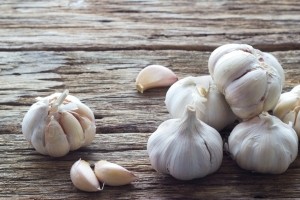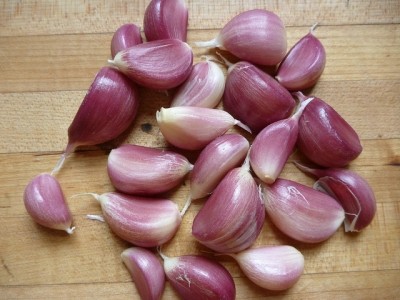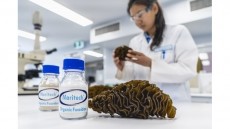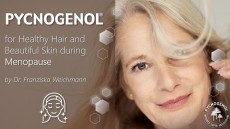Garlic consumption affects breast milk, says study

The research, by food chemists at Friedrich-Alexander-Universität Erlangen-Nürnberg (FAU) in Germany, tested the long-held theory that garlic consumption by a breast-feeding mother has an effect on her milk.
The researchers gave test subjects 3 g of raw garlic, then tested their milk both through chemical analysis and with an expert panel of human evaluators.
“This study clearly shows that garlic consumption leads to a distinct sensory impact on the human milk aroma profile, even eliciting odour impressions that are related to the original aroma profile of the ingested food,” wrote the researchers in their paper.
“Previous studies revealed that food supplements or compounds in high dosages can influence the composition of human milk. During this study we have shown for the first time that dietary-relevant amounts of a food can also have an impact on human milk,” they added.
Other research at FAU and elsewhere have shown that consuming certain foods and compounds such as carrots, vanilla or eucalyptus can influence the odour and taste of milk, and infants’ food preferences – although this is not true for all foods or beverages tested.
The FAU researchers said this current study was the first to combine human evaluation with detailed chemical analysis.
No direct garlic transfer
But the team’s research showed that while consuming garlic does affect breast milk, this is not a direct process.
The research showed there were only three garlic-derived compounds in the milk: the metabolites allyl methyl sulphide (AMS), allyl methyl sulfoxide (AMSO) and allyl methyl sulfone (AMSO2) – with AMSO and AMSO2 being the result of oxidation of AMS.
Of the three compounds, only AMS has a noticeable odour – with testers describing it both as garlicy and cabbagey. While AMS can create the impression of a garlic-like odour, the researchers noted that the compound does not actually represent garlic’s true aroma profile.
“Accordingly, this study clearly demonstrates that the odour composition after transmission into human milk does not necessarily coincide with what is found in the original food, and that metabolism and other transmission or resorption processes may play a major role in human milk odour formation,”
the authors wrote.
Growing garlic interest
Research into the health benefits of garlic has been mounting in recent year, with studies pointing to impacts on cardiovascular and immune system health.
This has been largely linked to the compound allicin, which is not found in fresh garlic but formed when garlic is crushed. This then breaks down a compound called diallyl sulphide.
Consumer awareness of these benefits has spurred NPD in the supplements industry, with consumers seeking the benefits of garlic without the smell that comes with the fresh bulb.
Does odour influence babies?
The researchers behind this latest study also said further research is needed to explore the implications of their conclusions.
“More studies will be required in the future to elucidate which odorants or substance classes, or their respective precursors, bear the potential of influencing the odour profiles of human milk, and at which concentration levels.
"Only then will it be possible to gauge if babies can be influenced by such substance transmission, and if such influence would be only with sensory impact or if there is even the potential of other physiological effects.”
Regarding possible effects on a child, Andrea Büttner, a professor at the Division of Food Chemistry at FAU and an author of the paper, also suggested researchers needed to look at the wider context of a breast-feeding infant.
“We need to consider that the transfer of aromas in breast milk is limited, but odours from other social contexts such as from the mother’s body or food preparation could exert a much stronger effect.
"People can often remember childhood experiences through smell and the aromas of parents baking cakes or a favourite meal being prepared is one of the most formative experiences. In relation to social learning of odours and aromas there is still a great need for research,” she said.
Source: Metabolites
Published online ahead of print, doi:10.3390/metabo6020018
“Detection of Volatile Metabolites of Garlic in Human Breast Milk”
Scheffler, L; Sauermann, Y; Zeh, G; Hauf, K; Heinlein, A; Sharapa, C; Buettner, A

















